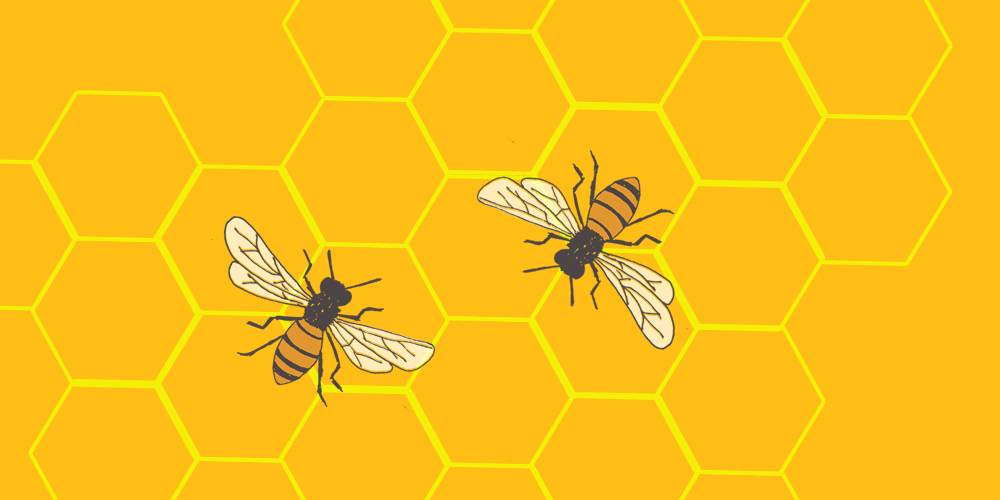 So, which to choose? The triangle? The square? Or the hexagon? Which one is best? Here’s where our Roman, Marcus Terentius Varro made his great contribution. His “conjecture” and that’s what it was, “a mathematical guess” proposed that a structure built from hexagons is probably a wee bit more compact than a structure built from squares or triangles. A hexagonal honeycomb, he thought, would have “the smallest total perimeter.” He couldn’t prove it mathematically, but that’s what he thought.
So, which to choose? The triangle? The square? Or the hexagon? Which one is best? Here’s where our Roman, Marcus Terentius Varro made his great contribution. His “conjecture” and that’s what it was, “a mathematical guess” proposed that a structure built from hexagons is probably a wee bit more compact than a structure built from squares or triangles. A hexagonal honeycomb, he thought, would have “the smallest total perimeter.” He couldn’t prove it mathematically, but that’s what he thought.
Compactness matters. The more compact your structure, the less wax you need to construct the honeycomb. Wax is expensive. A bee must consume about eight ounces of honey to produce a single ounce of wax. So if you are watching your wax bill, you want the most compact building plan you can find.
And guess what?
[The honeycomb is] absolutely perfect in economizing labor and wax.
Charles Darwin
Two thousand thirty-five years after Marcus Terentius Varro proposed his conjecture, a mathematician at the University of Michigan, Thomas Hales, solved the riddle. It turns out, Varro was right. A hexagonal structure is indeed more compact. In 1999, Hales produced a mathematical proof that said so.
As the ancient Greeks suspected, as Varro claimed, as bee lovers have always thought, as Charles Darwin himself once wrote, the honeycomb is a masterpiece of engineering. It is “absolutely perfect in economizing labor and wax.”
The bees, presumably, shrugged. As Alan Lightman says, “They knew it was true all along.”
Text by Robert Krulwich/NPR
Shopping Cart

